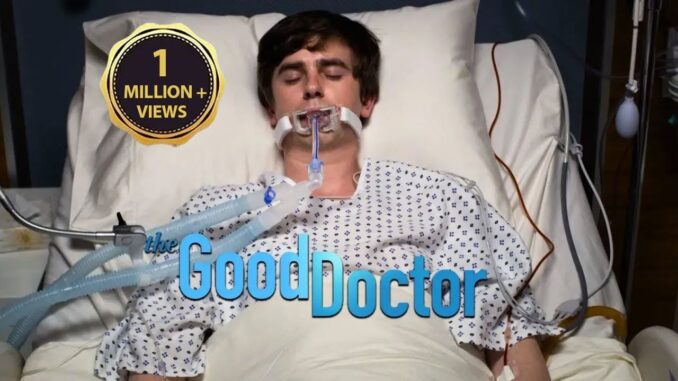
Among the most captivating moments in television medical drama history stands the remarkable blackout surgery scene from “The Good Doctor.” When a power outage plunges St. Bonaventure Hospital into darkness during a critical procedure, Dr. Shaun Murphy finds himself navigating a surgical landscape using only his exceptional tactile sensitivity and encyclopedic knowledge of human anatomy.
The scene begins with routine surgical precision before darkness descends without warning. As backup generators fail and emergency lighting proves insufficient, panic threatens to derail the operation. It’s in this moment of crisis that Shaun’s unique cognitive abilities transform from a perceived limitation into an extraordinary gift.
The scene masterfully builds tension through tight camera angles, the soft glow of minimal emergency lighting casting shadows across concerned faces, and the rhythmic beeping of monitors providing an anxiety-inducing soundtrack. Director Mike Listo employs sensory techniques that place viewers in Shaun’s experience—focusing on hands moving with deliberate precision through darkness, amplifying the sounds of surgical instruments, and capturing the collective held breath of the surgical team.
Freddie Highmore’s performance during this sequence deserves particular praise. His portrayal of Shaun’s intense concentration conveys both vulnerability and extraordinary capability. His surgical movements, seemingly guided by an internal compass rather than visual cues, demonstrate a profound connection between mind and hands that transcends conventional medical training.

The blackout surgery scene resonates deeply because it challenges our assumptions about limitations and abilities. It suggests that what society often perceives as disabilities can manifest as remarkable strengths under specific circumstances. Shaun’s different neurological wiring—which sometimes complicates social interactions—provides him with unique problem-solving abilities that prove lifesaving when conventional approaches fail. This scene also highlights the show’s thoughtful exploration of teamwork in crisis. Initially skeptical, Shaun’s colleagues must place their trust in his unorthodox abilities. Their journey from doubt to faith mirrors the larger narrative arc of the series, which consistently examines how diversity of thought and neurological differences strengthen rather than weaken medical practice.
The blackout surgery stands as a perfect metaphor for Shaun’s overall journey in medicine: navigating a world not designed for his specific abilities, yet finding pathways to excellence precisely because he processes information differently. It reminds viewers that innovation often emerges from necessity and that the most profound breakthroughs sometimes arise when conventional tools are unavailable. In an era where medical technology grows increasingly sophisticated, “The Good Doctor” delivers a powerful counter-narrative through this scene—suggesting that the most reliable diagnostic tool might still be the uniquely human combination of touch, intuition, and knowledge embodied in a physician’s hands and mind. Shaun’s ability to perform surgery in darkness illuminates the show’s central thesis: that medicine at its most profound is both science and art, requiring not just technical skill but also imagination, adaptability, and courage.
